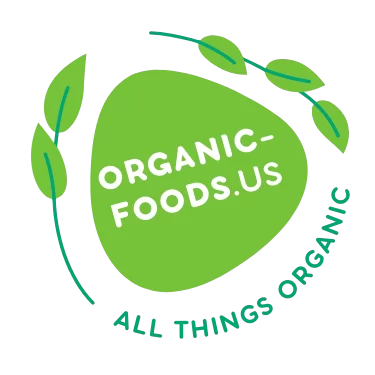Exploring Organic Lifestyle in Co-Living Spaces
Imagine waking up in a home where the air is fresh, the food is organic, and your neighbors are not just roommates but partners in a sustainable journey. This is the essence of an organic lifestyle in co-living spaces, a trend that’s gaining momentum across the globe. But what exactly does it mean to live organically in a co-living environment, and how does it impact the lives of those who choose this path?
The Rise of Co-Living and the Organic Movement
Co-living spaces have surged in popularity as urban dwellers seek affordable, community-oriented living options. These spaces are designed to foster a sense of community and shared responsibility among residents. Simultaneously, the organic movement has grown, driven by a desire for healthier lifestyles and more sustainable consumption. When these two trends converge, the result is a unique living experience that prioritizes both community and sustainability.
According to a report on co-living sustainability, more and more co-living spaces are integrating organic principles into their operations. This includes sourcing organic food, using eco-friendly materials, and implementing sustainable practices in daily life.
Organic Food and Community Gardens
One of the most visible aspects of an organic lifestyle in co-living spaces is the emphasis on organic food. Many co-living communities have established community gardens where residents can grow their own fruits, vegetables, and herbs. These gardens not only provide fresh, organic produce but also serve as a gathering place for residents to connect and collaborate.
In some co-living spaces, residents take turns managing the garden, sharing knowledge about organic farming techniques, and even organizing workshops on sustainable agriculture. This hands-on approach not only ensures a steady supply of organic food but also fosters a deeper connection to the food we eat and the earth that sustains us.
Sustainable Living Practices
Beyond food, co-living spaces embracing an organic lifestyle often implement a range of sustainable practices. These can include energy-efficient appliances, composting systems, and recycling programs. Some communities go a step further by installing solar panels or rainwater harvesting systems to reduce their environmental footprint.
Residents in these spaces often participate in regular sustainability workshops, learning about topics like zero-waste living, natural cleaning products, and eco-friendly transportation. These practices not only contribute to a healthier planet but also create a shared sense of purpose among residents.
The Impact on Health and Well-being
Living in an organic co-living space can have significant benefits for both physical and mental health. Studies have shown that exposure to organic environments can reduce stress, improve air quality, and even boost immune function. When combined with the social support and sense of community found in co-living spaces, the result is a holistic approach to well-being.
A study on the health benefits of organic living found that individuals living in organic environments reported higher levels of satisfaction with their living conditions and overall quality of life. This is particularly important in urban settings, where access to green spaces and fresh air can be limited.
Challenges and Considerations
While the benefits of an organic lifestyle in co-living spaces are clear, there are also challenges to consider. One of the main hurdles is the cost associated with organic products and sustainable technologies. While some co-living spaces can offset these costs through shared resources and bulk purchasing, it remains a barrier for many potential residents.
Another challenge is the need for ongoing education and engagement. To maintain an organic lifestyle, residents must be committed to learning and implementing sustainable practices. This requires a level of dedication and community involvement that not everyone may be willing or able to provide.
The Future of Organic Co-Living
Despite these challenges, the future of organic co-living looks promising. As more people become aware of the benefits of sustainable living and the importance of community, the demand for organic co-living spaces is likely to grow. Developers and community organizers are already exploring innovative ways to make these spaces more accessible and inclusive.
One exciting development is the integration of technology to enhance sustainability efforts. From smart home systems that optimize energy use to apps that help residents track their carbon footprint, technology is playing an increasingly important role in the organic co-living movement.
As we look to the future, it’s clear that organic co-living spaces have the potential to revolutionize the way we live, work, and connect with each other. By blending the principles of sustainability with the power of community, these spaces offer a glimpse into a more harmonious and healthy way of life.
In conclusion, an organic lifestyle in co-living spaces is more than just a trend; it’s a movement towards a more sustainable and connected future. Whether you’re drawn to the idea of growing your own food, reducing your environmental impact, or simply being part of a like-minded community, organic co-living offers a unique opportunity to live in alignment with your values. As more people embrace this way of life, we can look forward to a world where sustainability and community go hand in hand.

